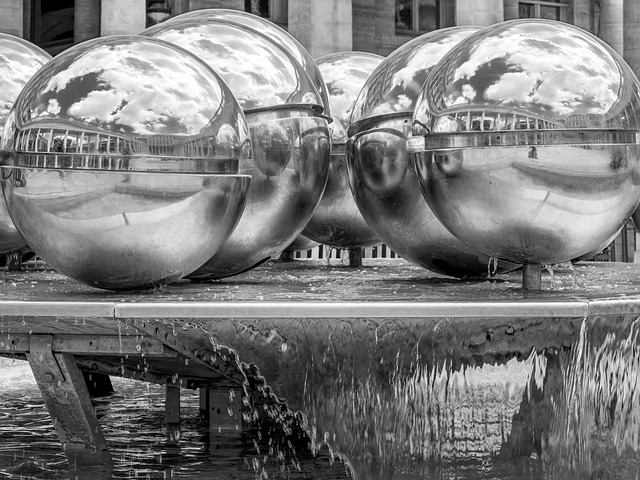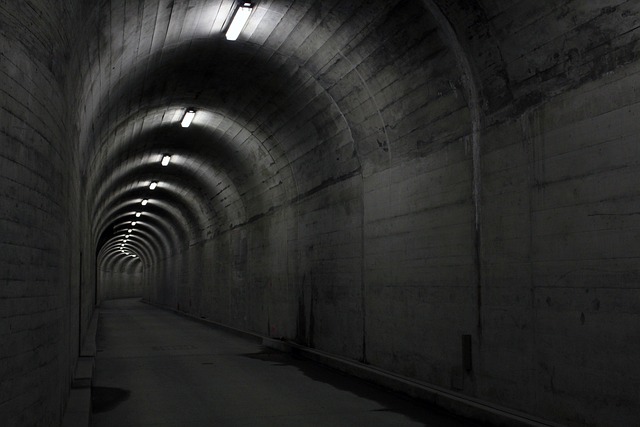In the realm of Fine Arts, installation dramaturgy thrives at the intersection of space and narrative, inviting audiences to explore and engage with art on an immersive level. This art form transcends traditional boundaries, synergizing visual aesthetics with cultural storytelling, thereby transforming environments into vivid narratives that resonate deeply with the observer. Through the deliberate arrangement of objects, sounds, and even smells, installation artists create multi-sensory experiences that can provoke emotion, reflection, and discourse.
At its core, installation dramaturgy is about re-envisioning cultural spaces and creating dialogues through art. Each installation becomes a unique narrative, crafted with intention and creativity to reflect historical, social, or personal themes. Artists sculpt experiences, weaving together elements that confront societal issues or celebrate cultural practices, making the viewer an integral part of the storytelling process.
For instance, consider installations that evoke memories of past cultures, using artifacts and contemporary references to bridge the gap between time and space. This interaction creates a layered understanding of culture, allowing individuals to connect their own experiences with broader historical contexts. Artists like Yoko Ono and Olafur Eliasson explore themes of nature and humanity, engaging audiences in a manner that is both intellectually and emotionally enriching.
Furthermore, installation dramaturgy plays a significant role in public and community art projects. These installations often take form in unexpected places, transforming mundane environments into spaces of cultural dialogue. By placing art in non-traditional venues, such as abandoned warehouses or public parks, artists challenge perceptions of accessibility and ownership in the art world. These installations invite interaction, further emphasizing that art is not merely to be observed but to be experienced and lived.
The evolution of technology in the art scene has also paved the way for innovative approaches in installation dramaturgy. Virtual reality and augmented reality art installations offer immersive experiences that push the boundaries of how we perceive space and narrative. These technologies allow for the exploration of difficult subjects and concepts that might otherwise remain hidden, engaging a broader audience and enhancing cultural narratives. With the ability to transport viewers into alternate realities, artists are rethinking how stories are told and experienced in the digital age.
Finally, the impact of installation dramaturgy extends beyond the art world; it challenges us to reconsider our own narratives and the spaces we inhabit. Each installation serves as a reflection of our collective identity and cultural memory, urging us to engage with and understand the world around us. It’s a reminder that art is not confined to galleries but resonates in our daily lives, shaping our perceptions and interactions as we navigate through various cultural landscapes.
As we delve deeper into the art of installation dramaturgy, we uncover the profound relationships between art, culture, and our own selves. It is through this intricate dance of space and narrative that we find meaning and connection, ultimately transforming our understanding of the world as we experience it through the lens of artistic expression.




